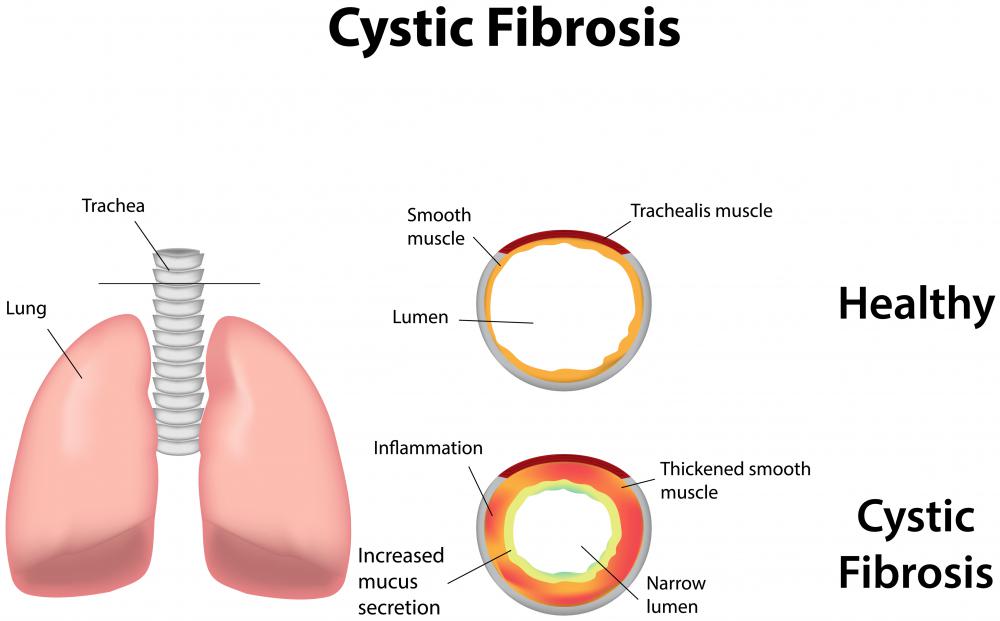At TheHealthBoard, we're committed to delivering accurate, trustworthy information. Our expert-authored content is rigorously fact-checked and sourced from credible authorities. Discover how we uphold the highest standards in providing you with reliable knowledge.
What is Primary Amenorrhea?
Primary amenorrhea is the absence of menstruation for a young woman who is 16 years of age or older. Individuals may experience primary amenorrhea either with or without the physiological changes that occur with puberty. There are a variety of factors that may contribute to primary amenorrhea, including the presence of certain diseases, physical stressors, and congenital defects. Treatment for this condition is dependent on the underlying cause and may involve the use of medications, surgery, or a combination of both.
Normally, menstruation starts around the age of 12 years. The absence of menstruation is not considered to be primary amenorrhea until a girl is 16 years of age or older. Even though she may have undergone the physical changes associated with puberty, a girl with primary amenorrhea will not menstruate. There are several factors that may contribute to the development of this condition.

Individuals with certain genetic conditions, such as adrenogenital, Turner, and Prader-Willi syndromes, may exhibit an absence of menstruation. Other disorders, such as cystic fibrosis, thyroid disease, and hypoglycemia, may impair appropriate menstruation onset in some young women. Individuals experiencing extreme physical stressors as associated with malnourishment, dramatic weight loss, or obesity may also fail to begin menstruating by their mid to late teens. Congenital defects that directly affect the reproductive system and organs, such as testicular feminization and true hermaphroditism, may also prevent the onset of menstruation. Chronic illness may also impact an individual’s ability to begin menstruating.

The most common, and telling, sign of primary amenorrhea is the absence of the onset of a monthly menstrual cycle. Additional symptoms that may manifest are usually dependent on the underlying cause for the condition. Individuals may develop a condition known as hirsutism, which is the excessive growth and distribution of hair in areas such as the chest, back, or face. Other signs of amenorrhea may include vision changes and persistent headache.

There are several diagnostic tests that may conducted to determine the cause of primary amenorrhea. Initially, physical and pelvic examinations may be performed, as well as a pregnancy test. Blood tests may be ordered to evaluate thyroid levels, check for markers indicative of disease or other abnormalities, and assess hormone levels, including luteinizing hormone (LH) and follicle-stimulating hormone (FSH), both of which play key roles in the onset of ovulation and menstruation. Additional testing may include an ultrasound of the pelvic area, a computerized tomography (CT) scan and magnetic resonance imaging (MRI) of the head to assess the condition of the pituitary gland, and a urinalysis.

Treatment for this type of amenorrhea is entirely dependent on the underlying cause for the menstrual absence. If the condition is caused by obesity, malnutrition, or dramatic weight loss, both dietary and lifestyle changes may be recommended, including regular exercise and adopting a healthy, balanced diet and eating habits. Individuals who are discovered to have a secondary condition, such as a tumor, may require surgery and radiation therapy. Congenital defects may necessitate the administration of drug therapy, surgery, or a combination of the two. Other conditions may require treatment appropriate for individual circumstances and may involve the use of medication, surgery, lifestyle and dietary changes, or a combination of all four.

Prognosis associated with a primary amenorrhea rests on the success of timely and appropriate treatment. For individuals whose amenorrhea may not be corrected with traditional treatment options, the use of medication to create a pseudomenstruation may offer some semblance of normalcy. Complications associated with this type of amenorrhea generally involve emotional and psychological distress due to one’s feelings of being different and potentially infertile.
AS FEATURED ON:
AS FEATURED ON:
















Discuss this Article
Post your comments